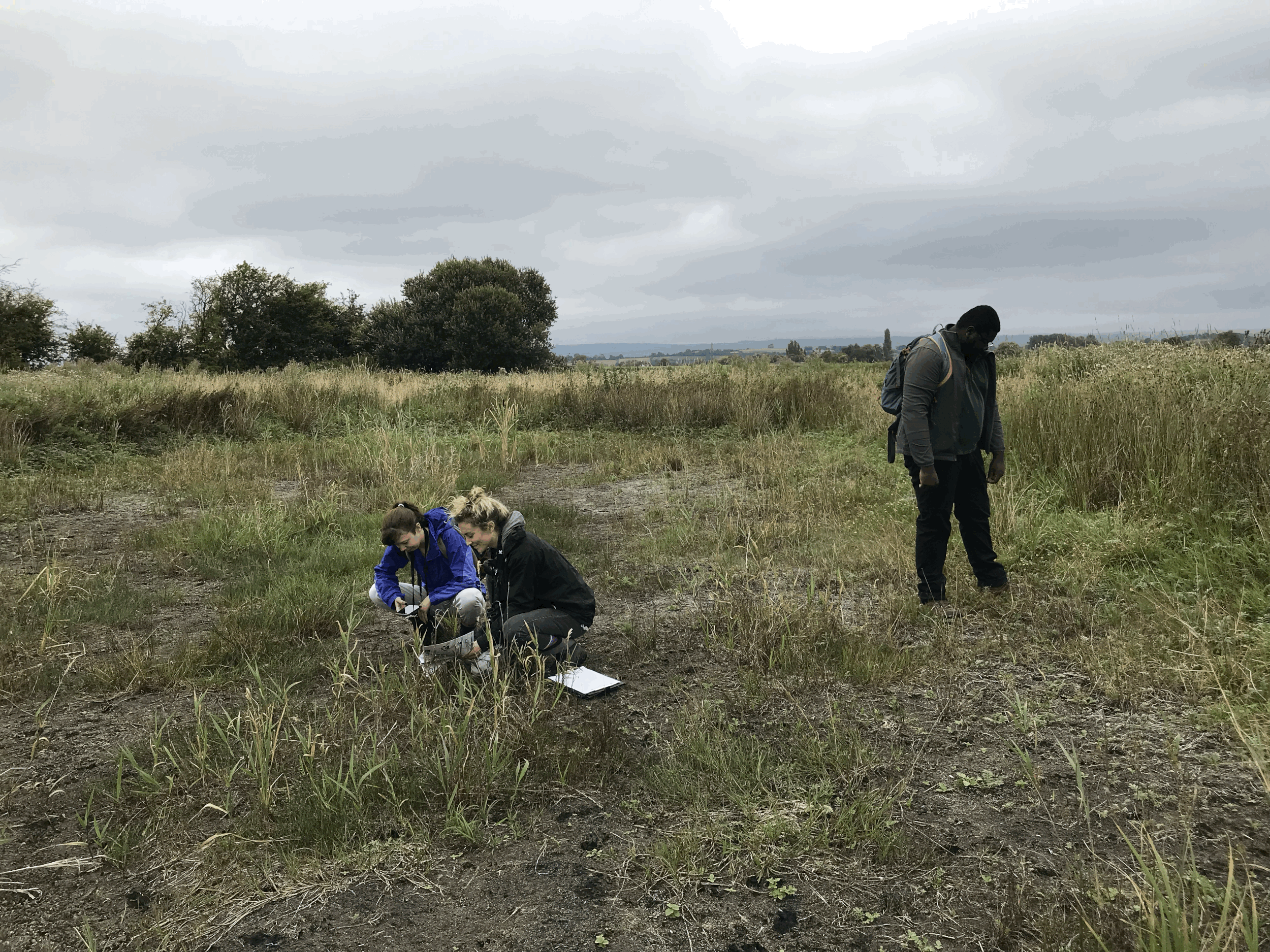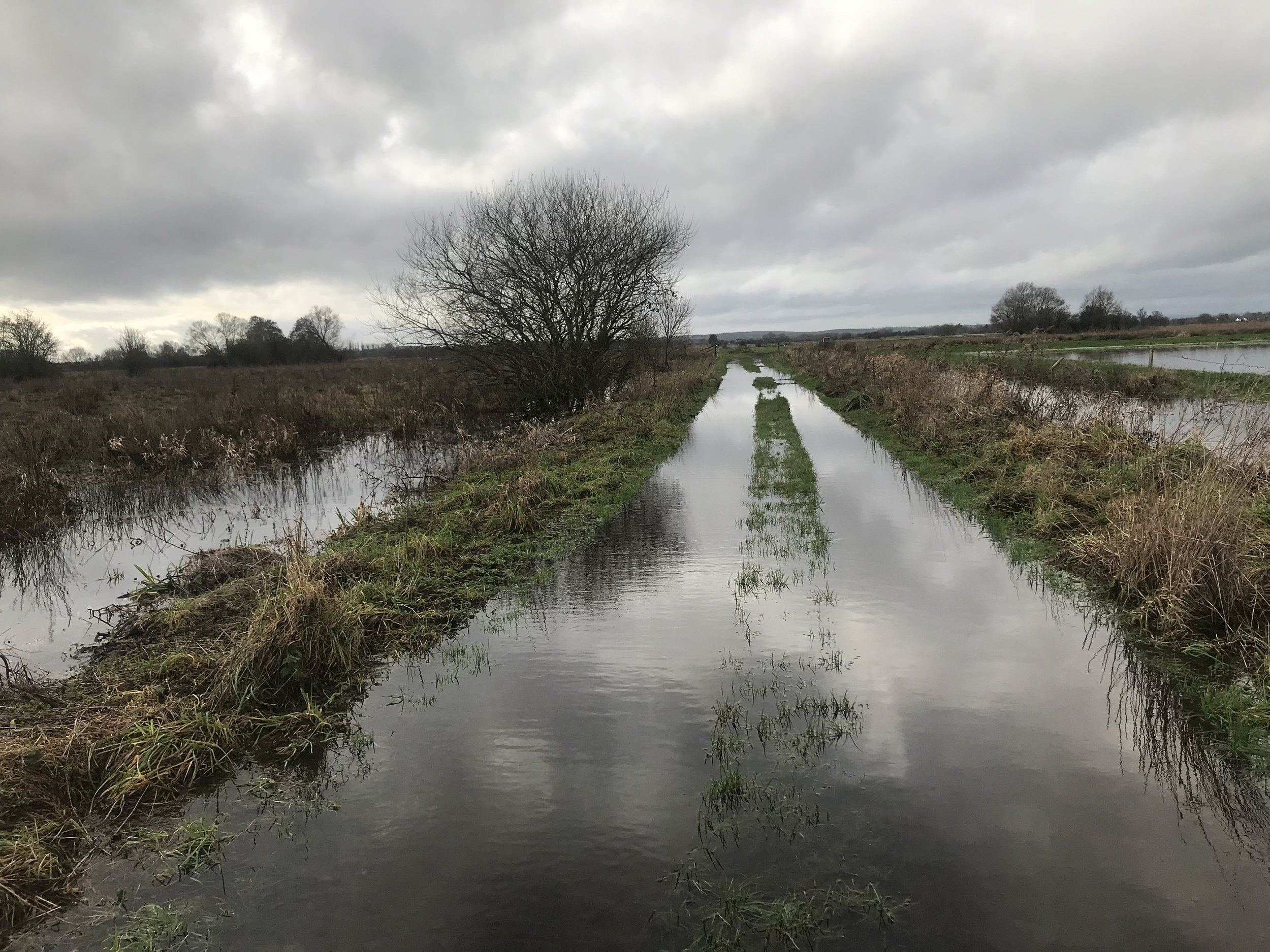Something worth fighting for
Why I’m proud to be a trustee of Somerset Wildlands - by Natasha Hurley.
Spring, the most hopeful season, is in the air. Wet and windy it may be, but crocuses, daffodils and grape hyacinths are flowering in my local park. Birds serenade me as I walk to the leisure centre for my morning swim, their chorus uplifting my soul. I live in a heavily built-up part of Inner London, and yet, even here, the natural world is constantly exhibiting signs of life to me and my fellow city dwellers. These precious sights and sounds form the backdrop to our daily comings and goings; without them, human life would be flatter, sadder and quite simply unimaginable.
The unfolding biodiversity crisis —which scientists refer to as a possible sixth mass extinction— is not happening in some distant land; nor can even the most privileged among us escape its effects. On the contrary, species collapse is happening right here, right now. And it will affect us all intimately in ways that most of us, myself included, do not yet fully comprehend.
Natasha Hurley is a trustee of Somerset Wildlands
While the birds at the end of my street appear to be in fine fettle, the joy they give me is tempered by the knowledge that the population of wild birds in the UK dropped significantly between 2015 and 2020, following multiple decades of decline. Startlingly, the landmark State of Nature report published at the end of 2023 found that the abundance of all UK species it studied (including plants, animals, fungi and lichens) has declined on average by 19% since 1970.
This situation should strike horror into all our hearts, not least as human activity is at its root: habitat loss as the result of destruction of forest cover and grasslands, groundwater extraction, man-made climate change and pollution are among the key drivers of biodiversity collapse.
But a counsel of despair will get us nowhere. Rather than dwelling on the horror, far better to acknowledge this situation for what it is and channel some of the energy and life force we receive from the natural world into healing its wounds.
This is the reason why I chose to become a trustee of the incredible Somerset Wildlands, a groundbreaking NGO which was set up with the purpose of creating wild ‘stepping stones’ to allow rich nature-led habitats to develop across the Somerset Levels.
The Somerset Levels and Moors in the South-West of England were once England’s Danube Delta. From pelicans to lynx, beavers to sturgeons, it would have teemed with wildlife. Somerset Wildlands’ journey began in 2016 when its Director, my former colleague Alasdair Cameron, began a gentle process of small-scale rewilding at a couple of sites, allowing nature to take its course, and watching as plants and animals colonised the space. Since then, it has gone from strength to strength, with several rewilding sites dotted throughout the levels.
Perhaps the most exciting and historically interesting site is Athelney. It was here, in what were once the impenetrable marshes surrounding the Isle of Athelney, that Alfred the Great, King of the West Saxons, hid from the Vikings during their wars of the 9th century. The swamps and reeds of the Somerset Levels provided Alfred with sanctuary and a place to regroup before he went on to defeat the Viking leader Guthrum and lay the foundations for the first unified Kingdom of England.
Fascinating though this is, the thing that really gets my heart racing is the evidence that just a few short years since its creation, Somerset Wildlands is already delivering on its mission to create havens for nature. I’ve walked our fields and heard the joyful hum of life meeting me at every turn; I’ve thrilled at the night vision footage of an otter’s nocturnal patrol. At our sites near Godney for example, wildlife including otters, roe deer, brown hares, badgers, foxes, harvest mice, field voles and stoats are frequent visitors. Grass snakes have also become common, while a host of small song birds such as stone chats, gold finches, reed warblers, willow warblers, Cettis warblers, blackcaps, snipe and even the occasional curlew all use the land. The hope is that these small havens will create spillover effects, acting as a type of reservoir allowing animal, insect and plant species to perform vital ecosystem services across a far bigger territory in time. In time more and larger stepping stones will join them to create a mosaic across the landscape.
In these turbulent times, I find myself more than ever drawn to opportunities to protect nature and my fellow human beings, fostering hope for a better tomorrow. Somerset Wildlands ticks all of those boxes for me, and I believe it can provide an important blueprint for smart rewilding in other regions of the world too.
The experience from this small corner of England shows that nature, while undoubtedly under threat, remains an incredibly powerful force, coiled to spring back rapidly under the right conditions. Crucially, it also proves that stepping stones for nature can be created in harmony with people and local communities. Striking this balance will be critical to the success of this and other rewilding efforts in the coming years.
If your heart needs filling with hope, I defy you to watch this short film and remain unmoved. We cannot go backwards, but while there’s breath in our bodies, we still have the opportunity to create a wilder, better future.
Somerset Wildlands is protecting something worth fighting for. Sign up on our website to receive updates about our work or consider making a donation,.
Otter spotted on night visions camera trap, Whites Drove site.
Otter prints on river bank at East-Waste site, near Godney.
Hare in Spring, Whites Drove site.
Searching for harvest mice nests, with the Somerset Mammal Group
Flooded track, Waste Drove.
Flowers in Summer, Waste Drove site.







